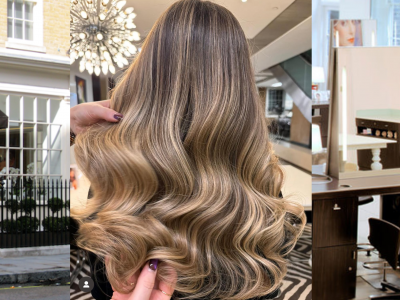Whilst textiles may sew into our everyday lives, whether it’s the clothes we wear or the carpets we walk upon, they can also be a form of art, able to hold memories and convey emotions in a stitch, twist, braid or knot. The Barbican’s captivating Unravel exhibition delves into the power and politics of textiles in art, and it’s worth catching it before the end of May.
Political threads: Unravel Exhibition at the Barbican
18th April 2024
The exhibition at the Barbican Unravel: The Power and Politics of Textiles in Art’ includes 100 artworks by 50 international artists and activists, from intricate embroideries to statement installations. Lisa Barnard weaves her way through the exhibition and discovers textile works and expressions, crafted with powerful story threads.
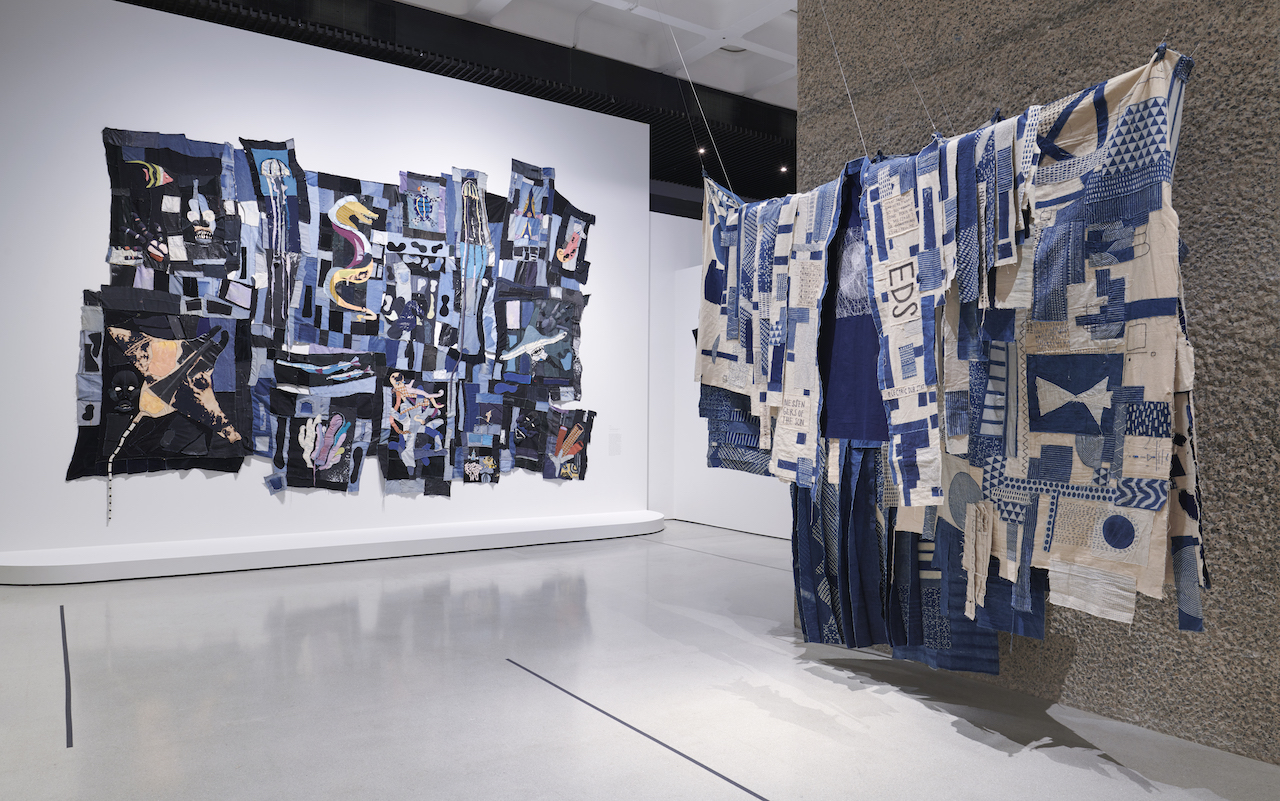
What to Expect at Unravel Exhibition at the Barbican
The exhibition is curated with great sensitivity and the curators should be praised for gathering such powerful, disparate and often subversive works from across the globe, representing many individual and dissenting voices. It is presented under six overarching themes, so there is a sense of narrative as you explore the spaces: 'Subversive Stitch', “Fabric of Everyday Life’ ‘Borderlands’, ‘Bearing Witness’, ‘Wound and Repair’ and ‘Ancestral Threads’. The artworks reach across cultures, geographies, timelines and ages, so although diverse, there is an engagement in the practice of textile art which weaves a unifying thread. The larger installations take advantage of the spaces within the Barbican Art Gallery, some suspended from the double-height ceiling and viewable from the upper level, where you start the visit.
We must acknowledge some controversy regarding the removal of some artworks, due to the Barbican's ambivalent position in withdrawing from hosting the London Review of Books' Winter Series with Pankaj Mishra as a speaker on the Gaza war.
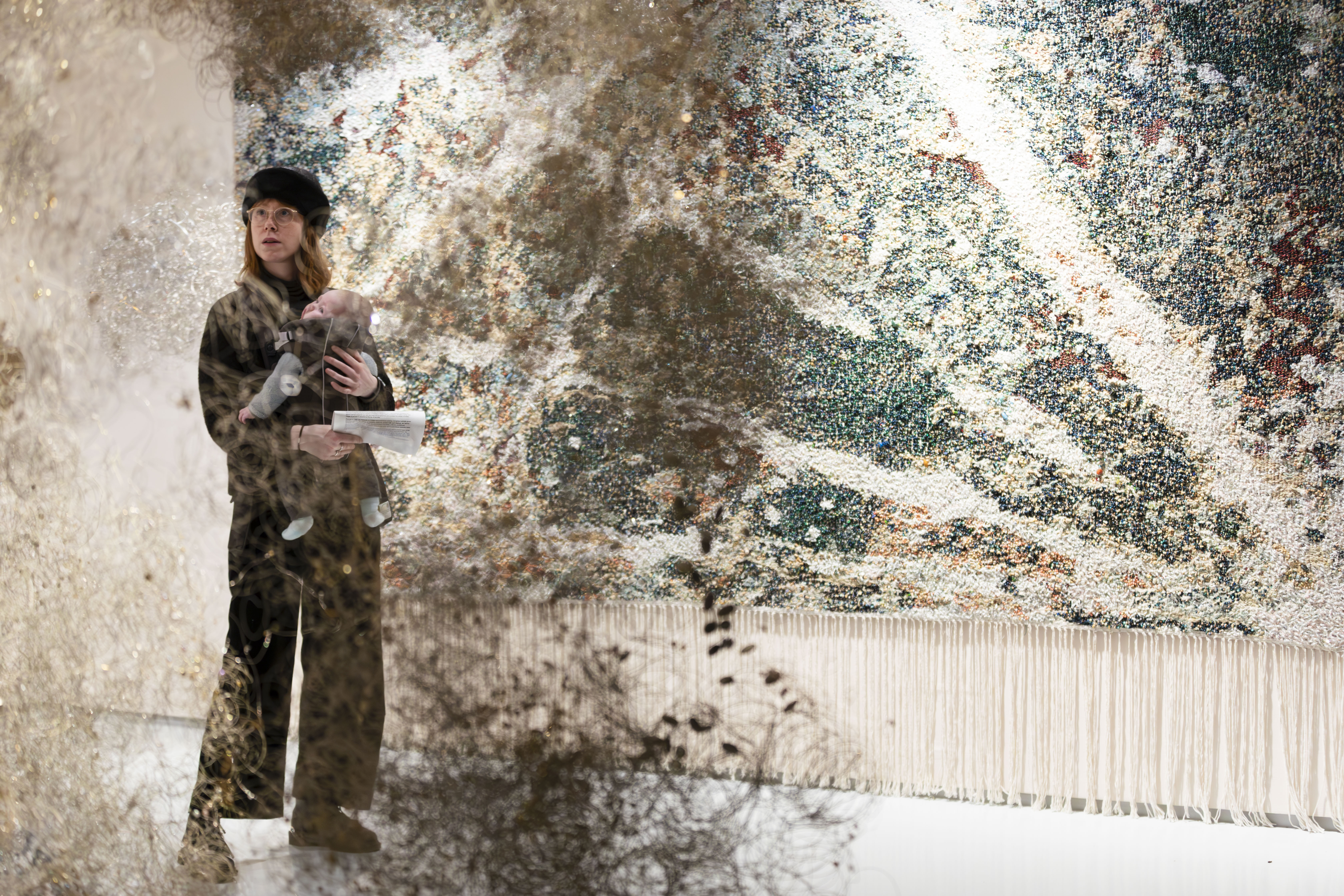
Each work is accompanied by narrative panels that explain the purpose and background of the artists, many of whom are activists, challenging authoritarian regimes, expressing a voice of hope or just telling a personal story in adversity. These narratives are expanded upon in the superb ‘Unravel’ catalogue, which I decided I must buy to delve deeper into the artists and their real-life stories and perspectives. The Unravel Exhibition Guide online is also very informative.
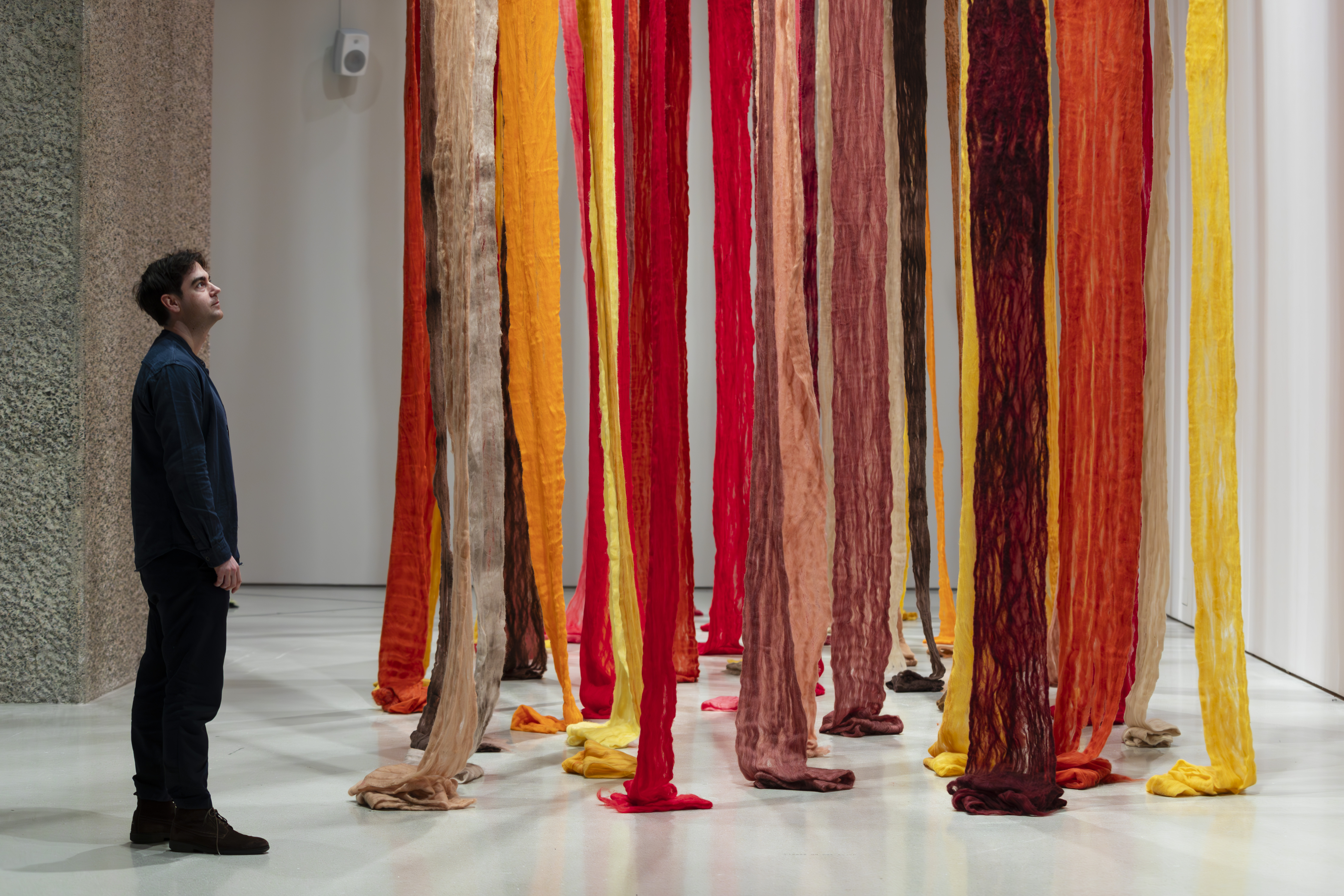
Each piece of art beholds a different narrative. Whether simply challenging the expectations of art at the time or capturing emotive moments faced by both the artist and the world, from a war zone or a dicatorial regime or a personal challenge. I was moved by the embroidered blankets by Feliciano Centurión, stitched with poetic reflections to cope with his HIV diagnosis in 1933, to hand-stitched tapestries commemorating the lives of Eric Garner and Jadeth Rosano López. Each placed on the bodies of the deceased.
Do take your time to visit this exhibition and revel in Unravel. The array of textile techniques and methods is diverse and the intricacy of some of the workmanship is bewildering. You’ll witness appliqué, beading, weaving, quilting, macramé, braiding, tapestry, embroidery, jacquard, knitting, beading, lace-making, sculpture, dyeing, block printing and even one installation made from human hair. I came away in a textile transfixion.
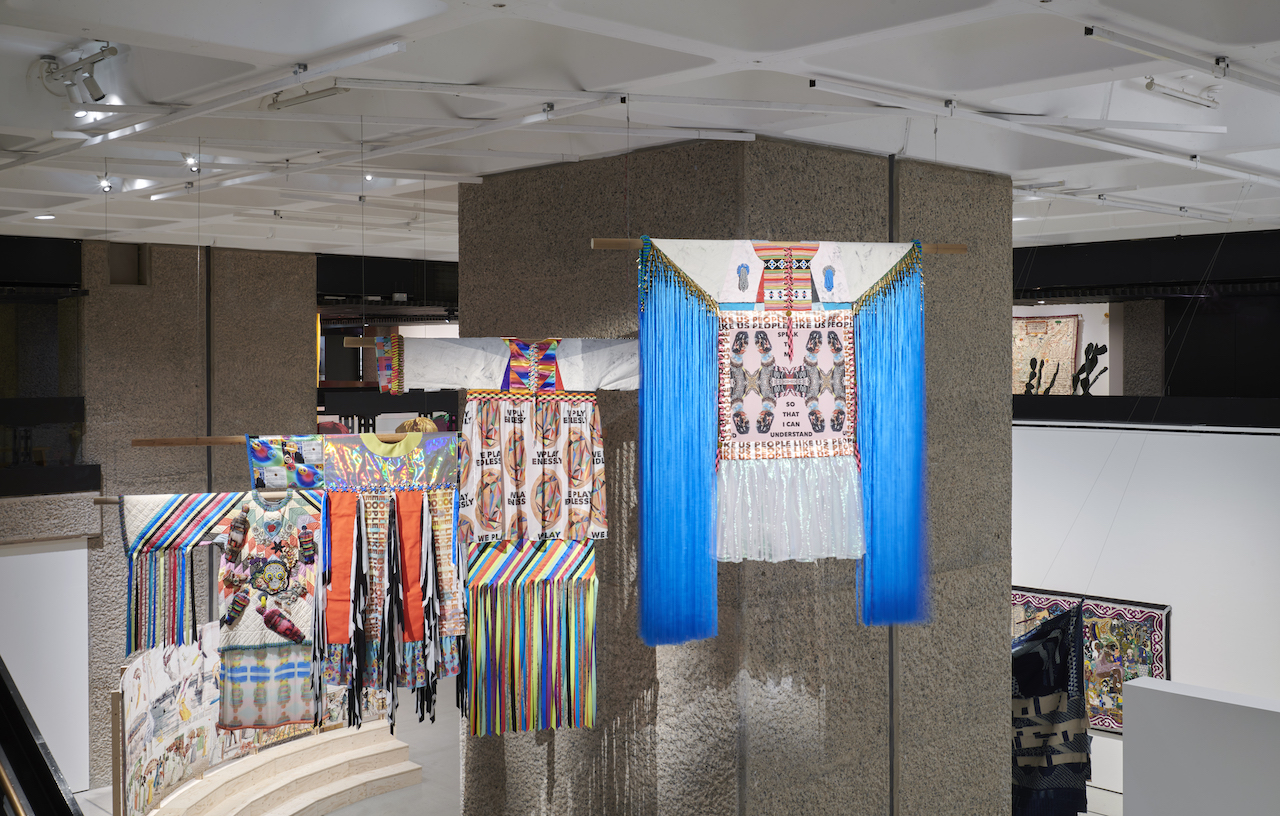
Allowing visitors to share in the tactile processes and the raw materials, entwined into each thread and the real-life stories that bring each piece to life, is moving through textures, tales and textiles. From joyful and moving displays of transcendence to head-turning sculptures that will have you looking (at least) twice. The Barbican has, quite rightly, deployed sound sensors in places to prevent spectators from getting too close to the exhibits. The temptation is to touch and feel, even stroke. The alarms did go off once or twice on my visit!
With fabrics, artists are given the asset of texture. Through textiles they can manipulate, curve, ruffle and shape – allowing three-dimensional visions to become a tangible reality through needle and thread. Whilst the process of textile art has been around since medieval tapestries displayed as dramatic tableaux, the period in which many artists began further experimenting with the line between ‘fine art’ and ‘craft’ was the 60’s. One artist who explored this concept during the time is Sheila Hicks. The exhibition displays an intimate and unusual collection of 64 clothing items from Hicks, each wrapped in unspooled yarn. Seen as a leader of the fibre movement, these tangled-up wardrobe contents may just be where it all began.
With textile art, at times it is the context that provides viewers with the full effect of the piece. Like blankets swaddling a newborn baby, or a teddy bear or ragdoll from childhood, or the shrouds enveloping a body at death. They are just bits of fabric on the face of it - but to the person they belonged to, they are representative of life.
The exhibition 'Unravel 'is co-curated by the Barbican and Stedelijk Museum, Amsterdam. Plunging guests into a fabric dimension of bandage-wrapped healing canvases, boundary-pushing textile sculpture and intensity of feeling, expressed in each stitch. There is much to unravel and revel in at Unravel.
A few more highlights below:
Some of SPHERE selections from Unravel Exhibition at the Barbican
Unravel: The Power and Politics of Textiles in Art’ at the Barbican, London until 26th May 2024.
Learn more and book tickets here.





